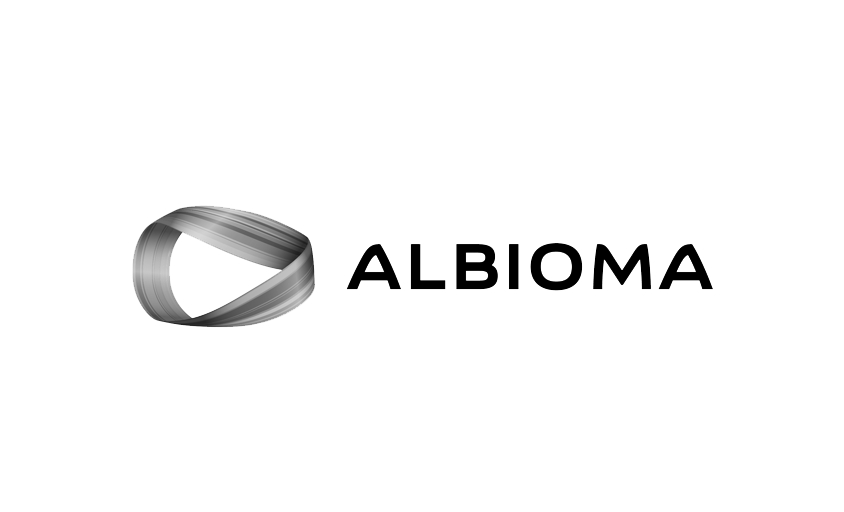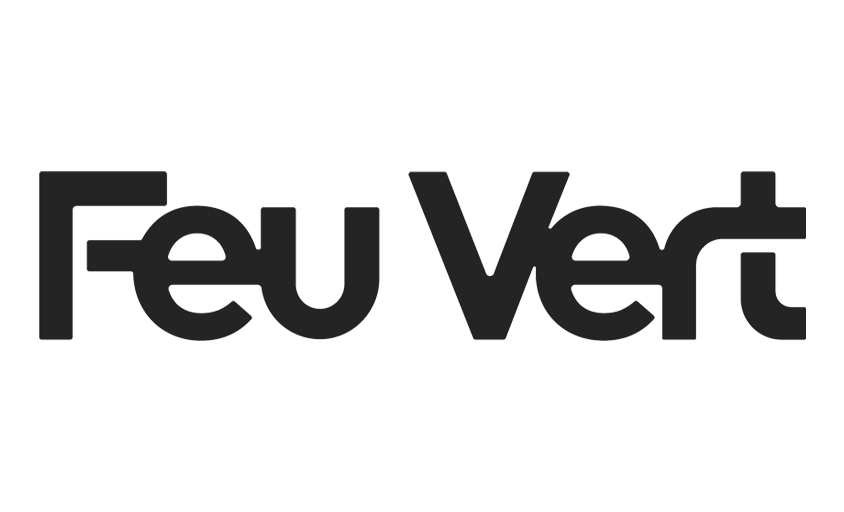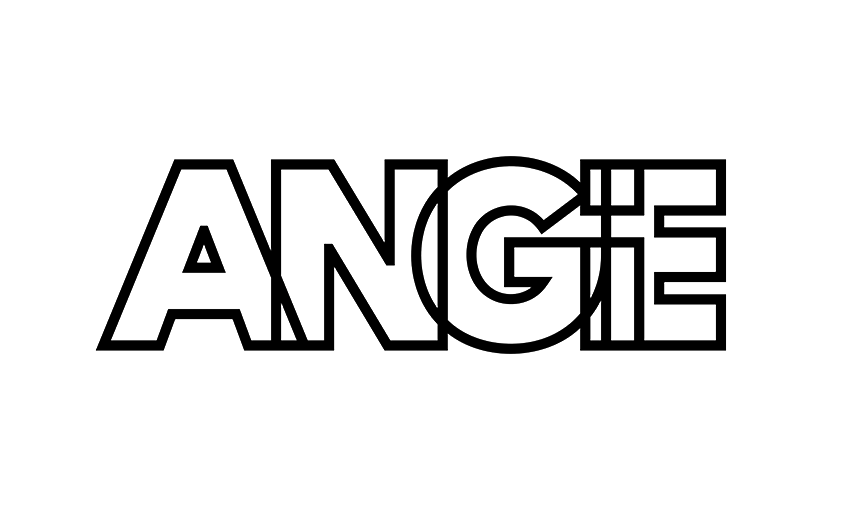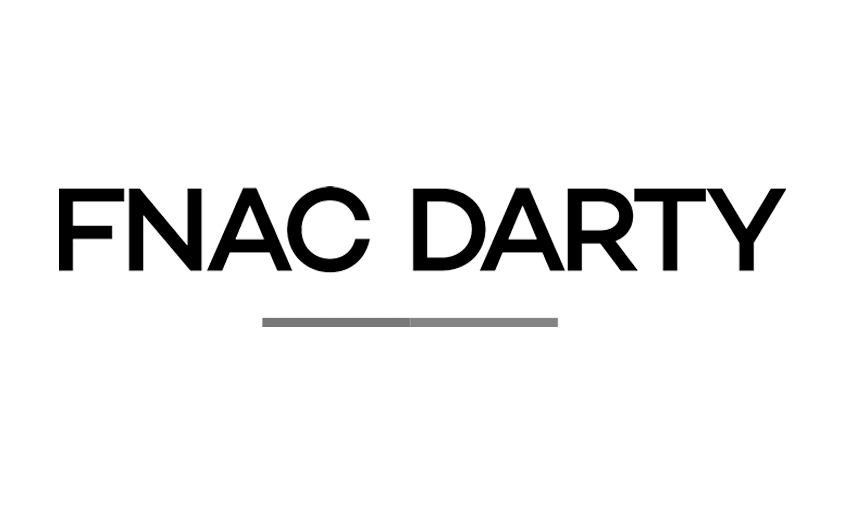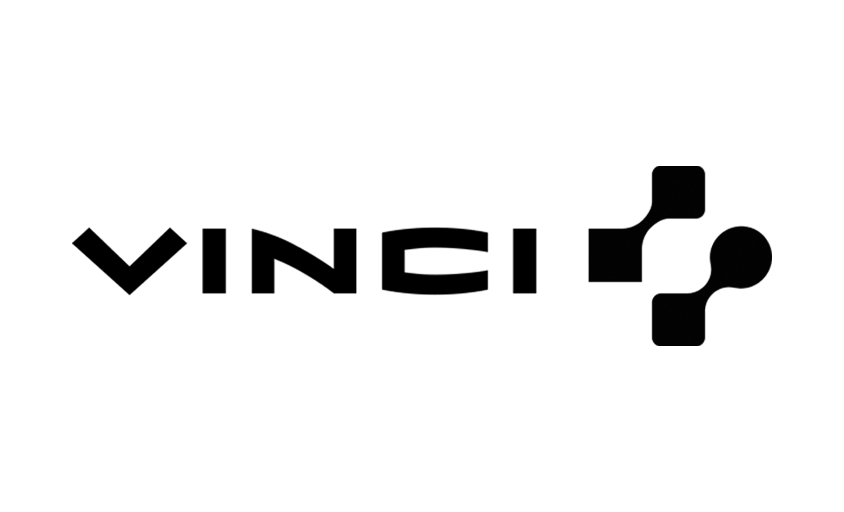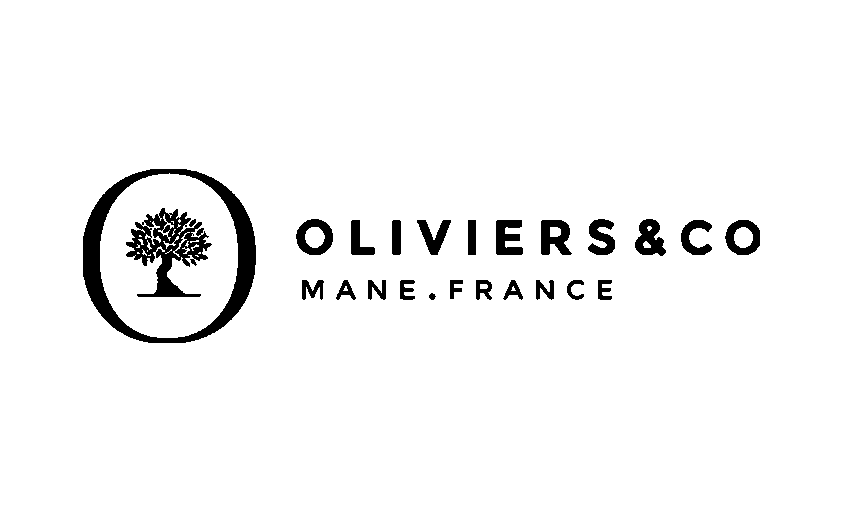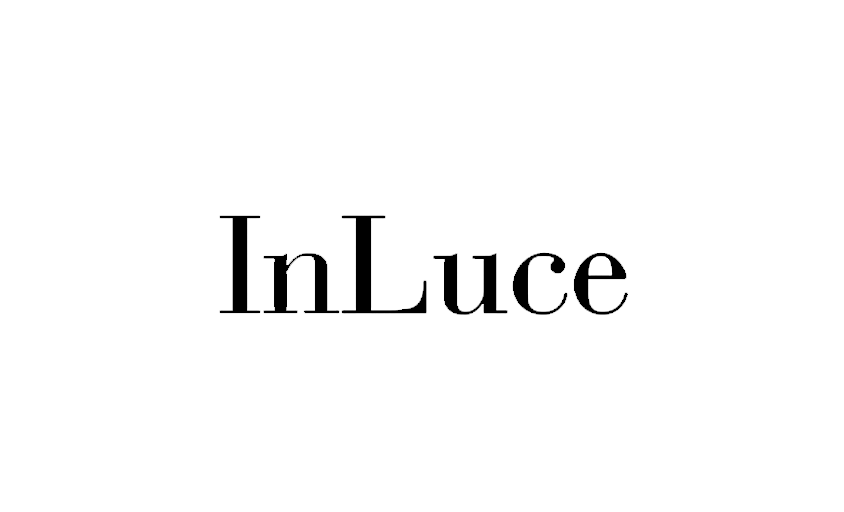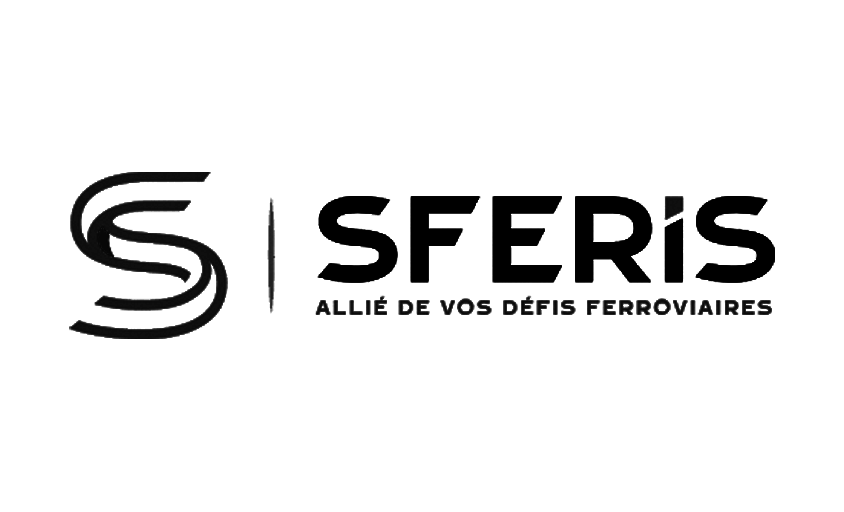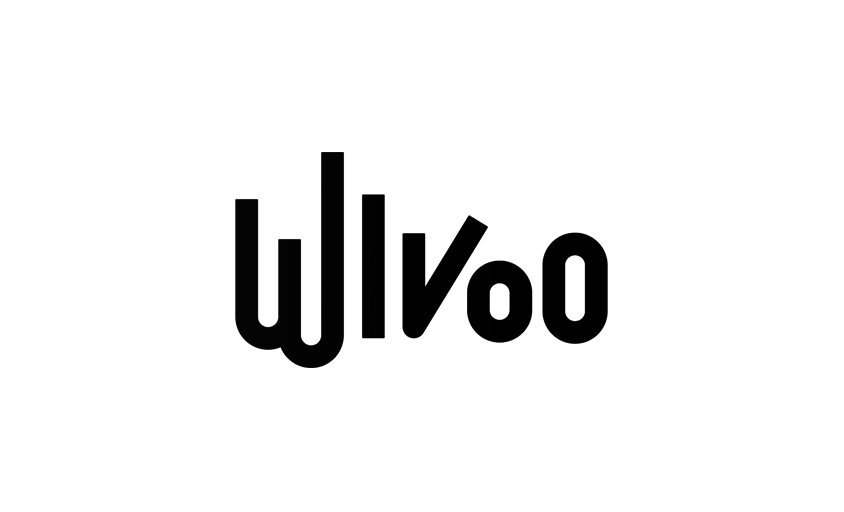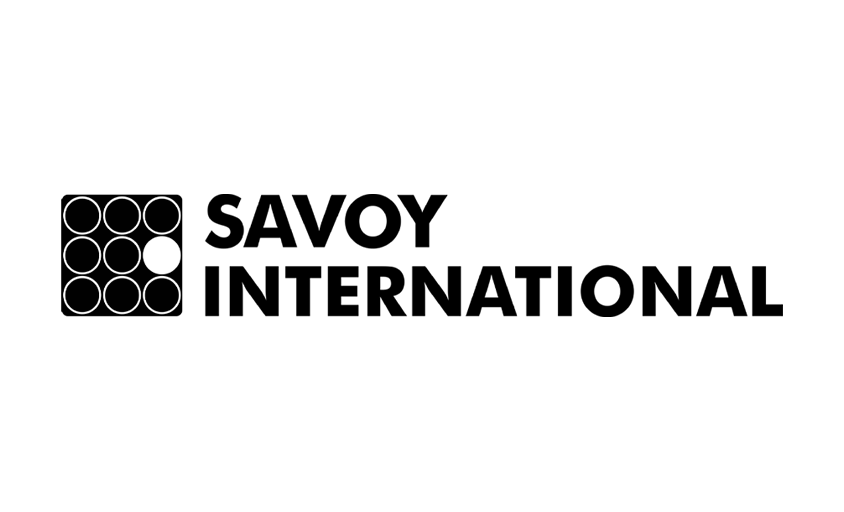Detail Model: Job Description
In this article :
In the demanding world of advertising and fashion photography, there is a little-known yet essential specialization: that of the detail model. No magazine covers or runway walks, this model lends… a hand, a foot, a nape, or even an eye to the camera. Let’s take a closer look at this behind-the-scenes profession that is nonetheless omnipresent in brand visual campaigns.
What is a detail model?
A detail model (also known as a parts model) is hired to be photographed or filmed for a specific part of their body: hands, legs, mouth, back, shoulders, ears, hair, eyes, etc. These images are used in advertisements, product catalogs, posters, and skincare or cosmetics campaigns.
They are frequently found in industries such as:
- in jewelry (hands for rings or watches),
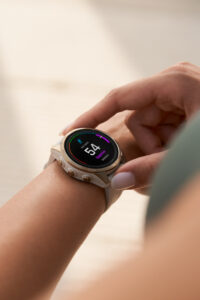
- in cosmetics (lips, eyes, skin),
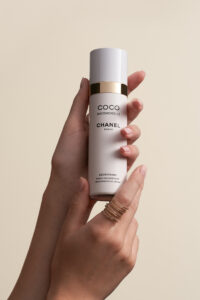
- in fashion (legs, torso, silhouette),
- in hair care (shiny hair, scalp),
- in parapharmacy (clear skin, application gestures),
- and of course, in product photography, especially for e-commerce visuals.
A Precision Job
Unlike traditional modeling, here every detail matters: skin quality, symmetry, flexibility, texture, the absence of scars or blemishes, but also the ability to remain still for long periods in a very precise—and sometimes uncomfortable—position.
This profession also requires an excellent lifestyle: no excessive sun exposure, no dark nail polish when working with natural skincare brands, no contact with harsh products… It’s a discipline with near-medical rigor.
In a Professional Photographer’s Lens
For us, as corporate or product photographers, the detail model is a highly skilled technical ally. They help showcase a gesture, a texture, or a product feature without drawing attention away. Framing is ultra-precise, and lighting is designed to highlight skin, texture, or movement. It’s an almost surgical discipline: there’s no facial storytelling—everything is about touch, light, and material.
This type of shoot requires:
- a very clear artistic direction (where the frame starts and ends, the exact pose to reproduce),
- seamless collaboration between the photographer, stylist, and model,
- and highly specialized retouching work, often on micro-details.
How to Become a Detail Model
There is no formal training, but modeling agencies scout candidates with specific body features and targeted assets. For example:
- beautiful hands with long fingers and flawless nails,
- well-shaped feet for shoe campaigns,
- a well-defined mouth for lipstick promotions…
Some agencies specialize in this niche modeling market. The portfolio here doesn’t showcase a face, but rather a series of close-up technical shots of the relevant body parts.
A Profession in Its Own Right
Though often behind the scenes, detail models are highly specialized and in strong demand in certain industries. Their role is discreet but fundamental in the visual economy.
At Rétines, we understand how the right hand in the right place can make all the difference in a product visual or ad campaign. And as with any precise photographic collaboration, it’s the harmony between light, framing, pose, and texture that turns a detail into the focal point.
Jérémy Carlo is the editorial director at Rétines, where he ensures the consistency and clarity of all content produced by the studio.
Our Clients
Let’s discuss
What we do for you at Rétines
Meticulous work, an organised project and fast delivery. And to achieve this, we mobilise the right resources in our teams at the right time.
01
Pre-production
Artistic and technical direction tailored to the project.
Relevant recommendations on content, form and resources.
02
Photo Shooting
Photos taken by our experienced photographers.
Production that’s controlled, efficient and tailored to the needs of the project, with nothing superfluous.
03
Retouching
Technique
Photographs magnified by our retouching team.
Post-production to meet the commercial challenges of the brief.

